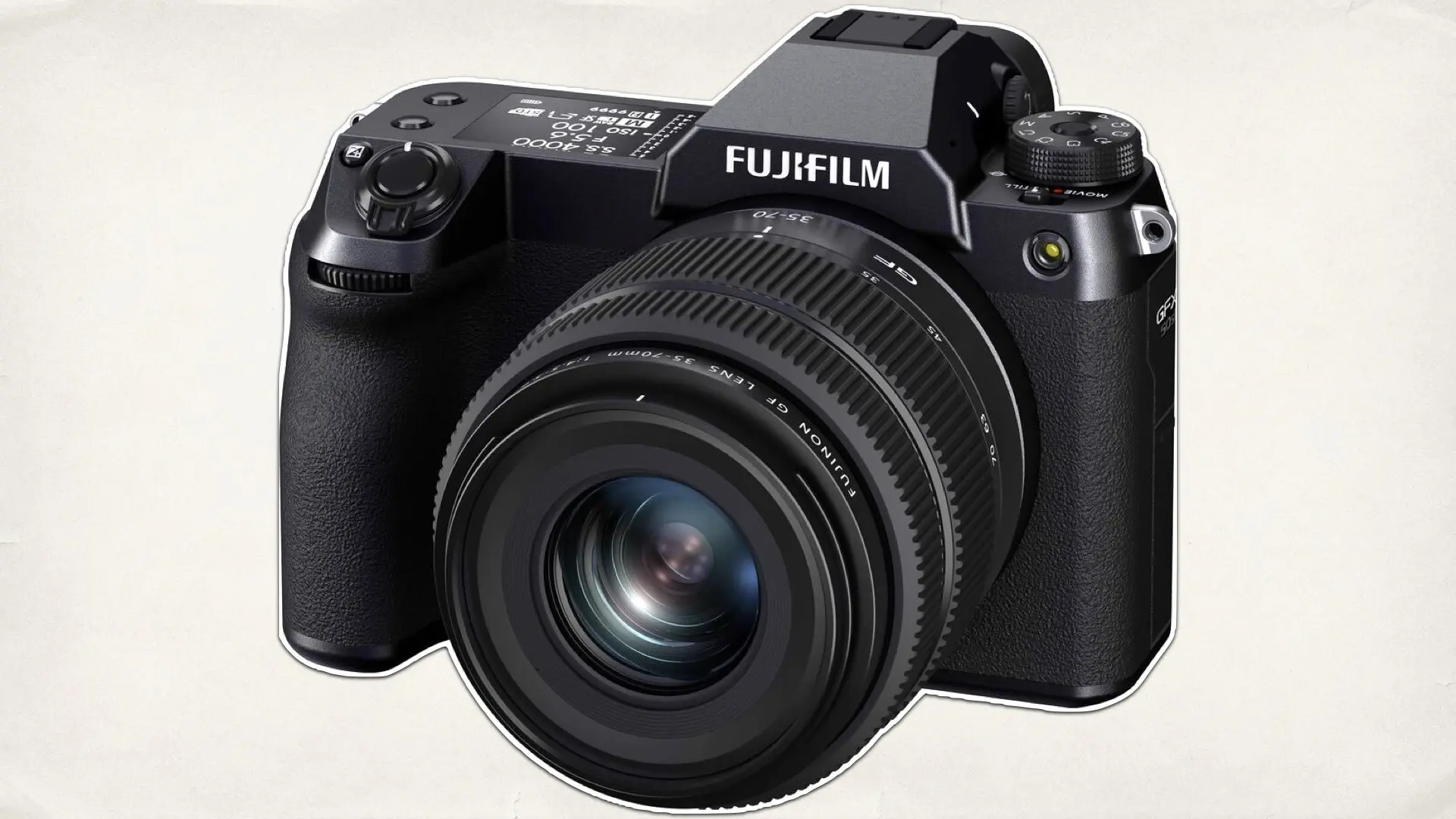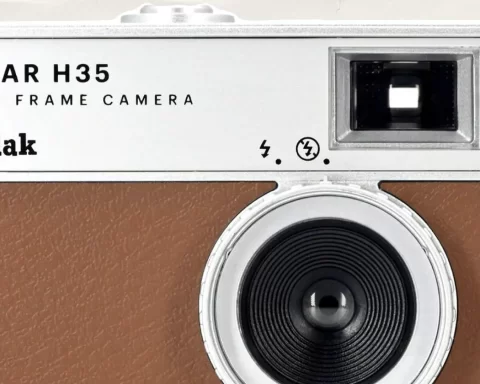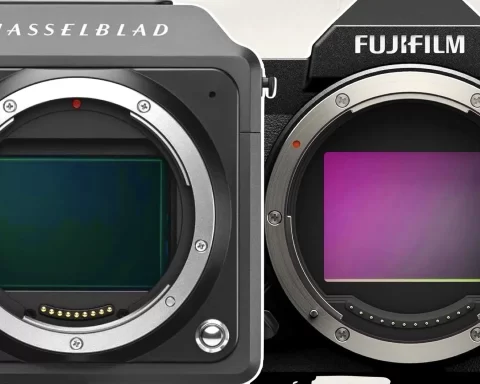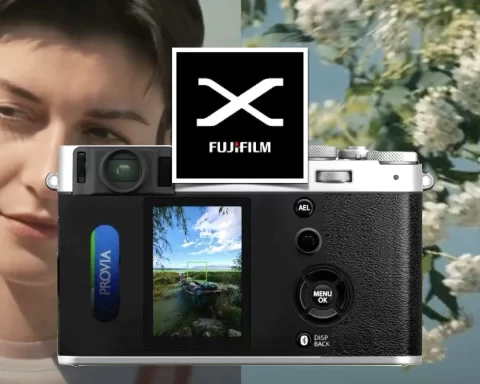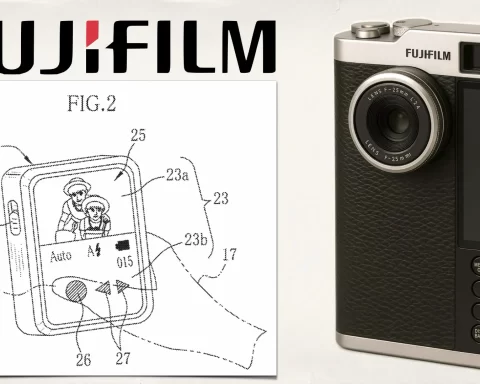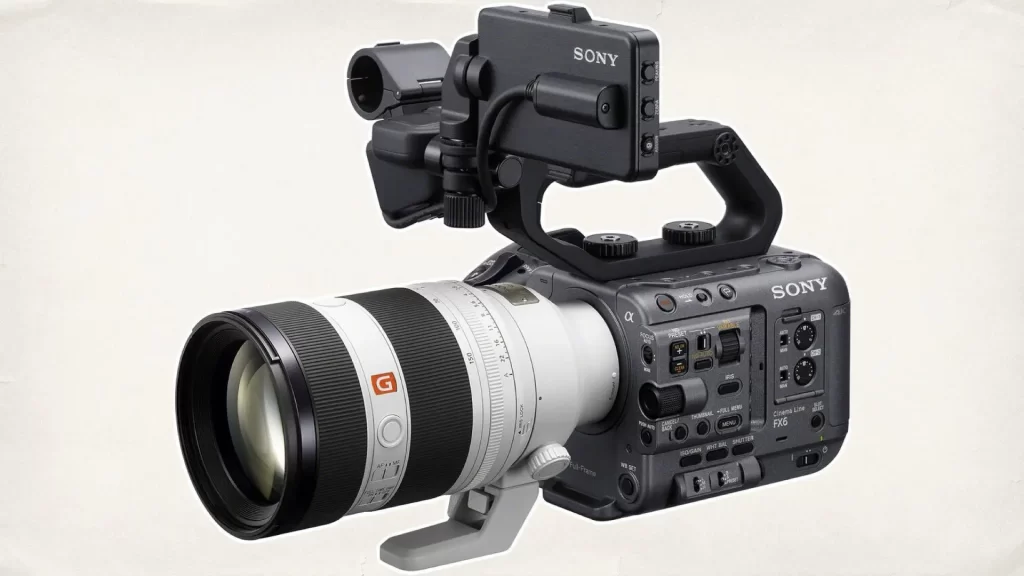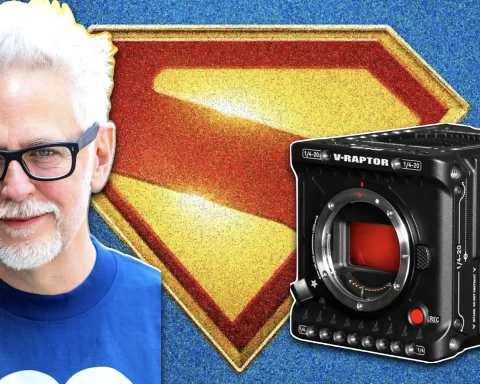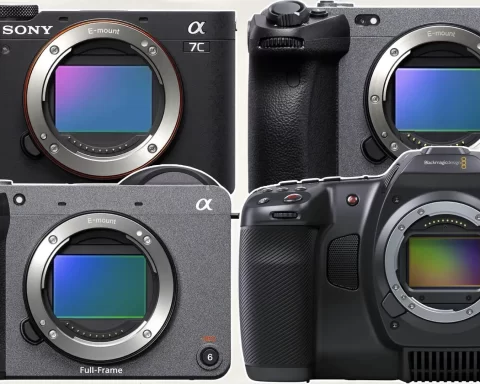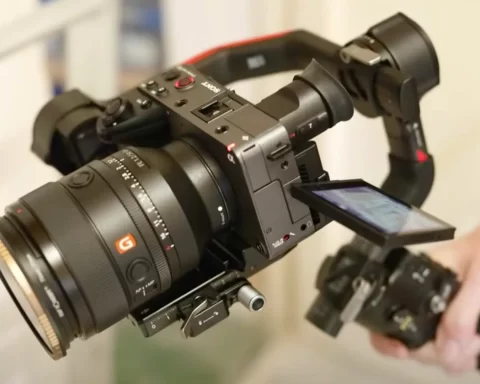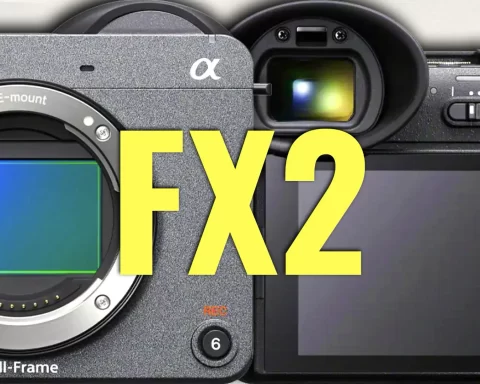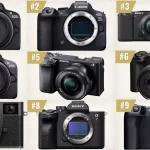Fujifilm has initiated a subtle but intriguing teaser campaign for an upcoming camera referred to by many as the “X-Half.” The promotional material—featuring the slogan “Half the Size, Twice the Story”—along with leaked images and discussions, suggest a compact digital camera that reinterprets the classic half-frame film format. Our investigation compiles insights from our resources to bring clarity to what this camera might be.
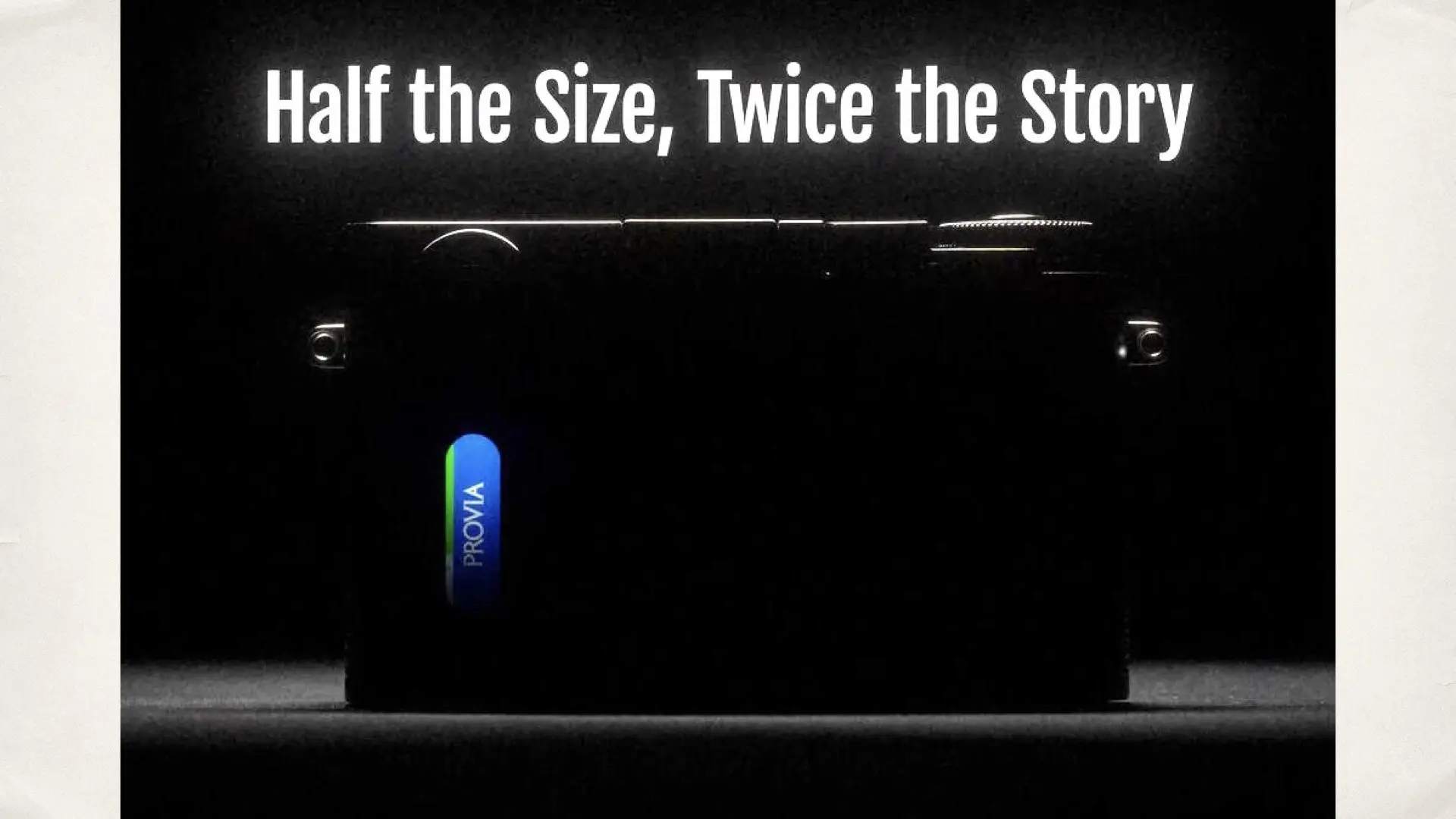
Origins of the Teaser
The teaser offered little detail, but the headline alone sparked discussion among Fujifilm enthusiasts. The phrase “Half the Size, Twice the Story” was interpreted as a reference to half-frame photography—a format that allowed two images per standard 35mm frame. This, combined with visual cues and the use of the term “Provia” in the leaked image, pointed toward a digital camera that pays homage to analog aesthetics. And then the leaked images came out.
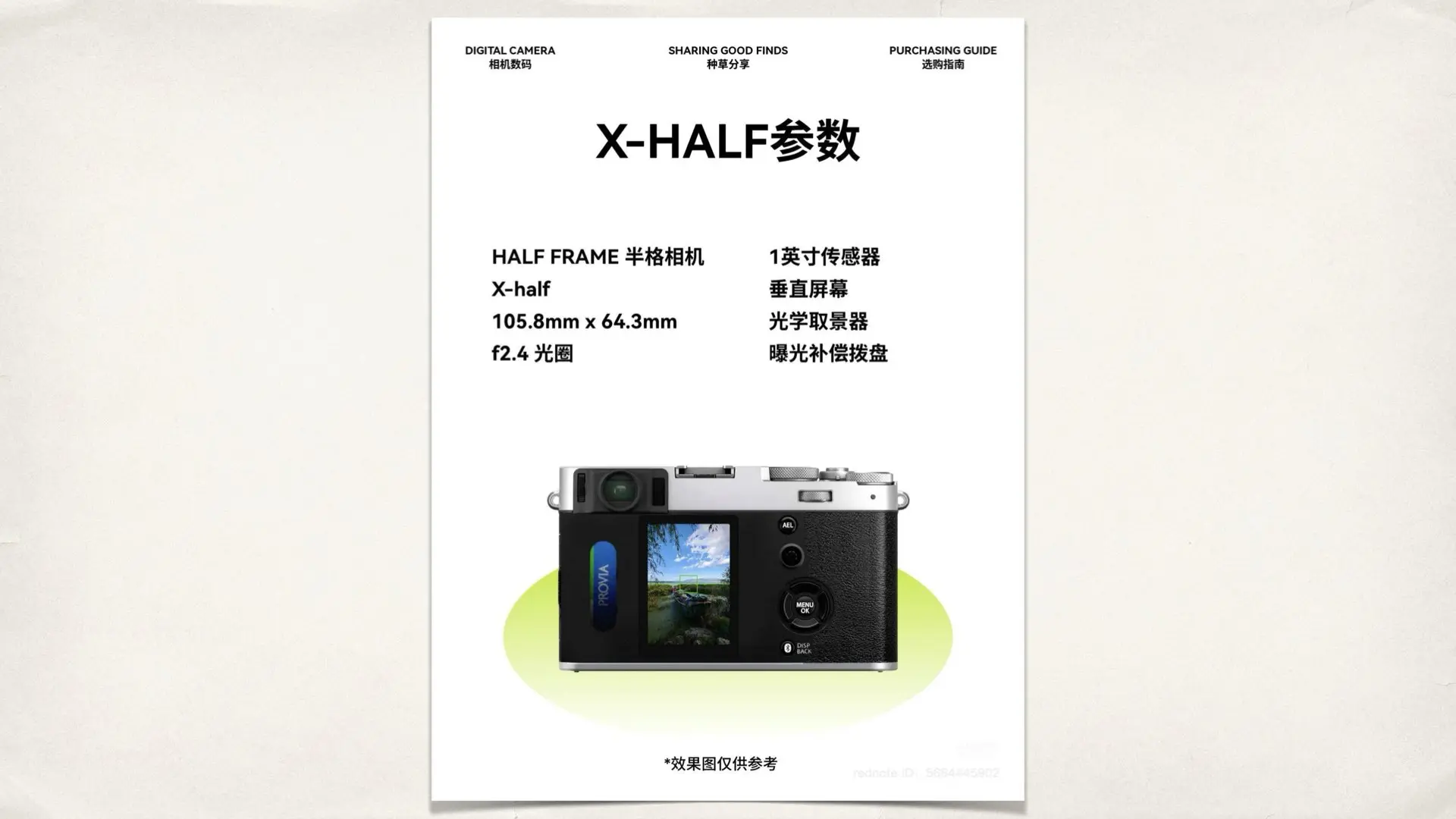
What Is the Fujifilm X-Half?
Based on our resources and leaked imagery, the X-Half appears to be a compact digital camera that features a vertical image orientation. The size and design suggest it may be pocketable and minimal in its interface. Though no specifications have been officially released, the general consensus is that this is a digital camera, confirmed by the presence of the word “Provia” on the rear screen. Provia is one of Fujifilm’s digital film simulations and not a reference to actual film being used. The rear screen displaying “Provia” is likely a reference to the camera’s active film simulation mode, similar to how the Fujifilm X-Pro3 features a sub-monitor that mimics a film box. This design choice strongly suggests that the X-Half will include Fujifilm’s signature film simulations such as Acros, Velvia, and Classic Chrome.

A Vertical Format Reimagined
One of the more unique rumored features of the X-Half is its vertical sensor orientation. This would mimic the half-frame style not just in image ratio but in the way images are framed and composed. The vertical orientation also speaks to a growing trend among digital creators who shoot for mobile platforms and vertical content. This camera could be designed with social media storytelling in mind, while still offering a photographic experience rooted in traditional design.
Expected Features
While there’s no official specification sheet yet, here are some features deduced from our analysis:
- Vertical sensor layout for portrait orientation images
- Compact design, possibly with a fixed prime lens
- Rear screen or indicator showing current film simulation (e.g., Provia)
- 1-inch or APS-C sensor is most likely
- Retro-inspired build, borrowing from Fujifilm’s existing minimalist aesthetic
- Focus on simplicity and storytelling, not technical dominance
Who Is This Camera For?
The X-Half is likely aimed at a niche audience that appreciates photographic storytelling over technical specs. This could include:
- Casual photographers seeking a stylish, everyday camera
- Content creators focused on vertical media
- Photographers looking for a new approach to composition (like we are)
- Fans of film aesthetics who want digital convenience (like we are)
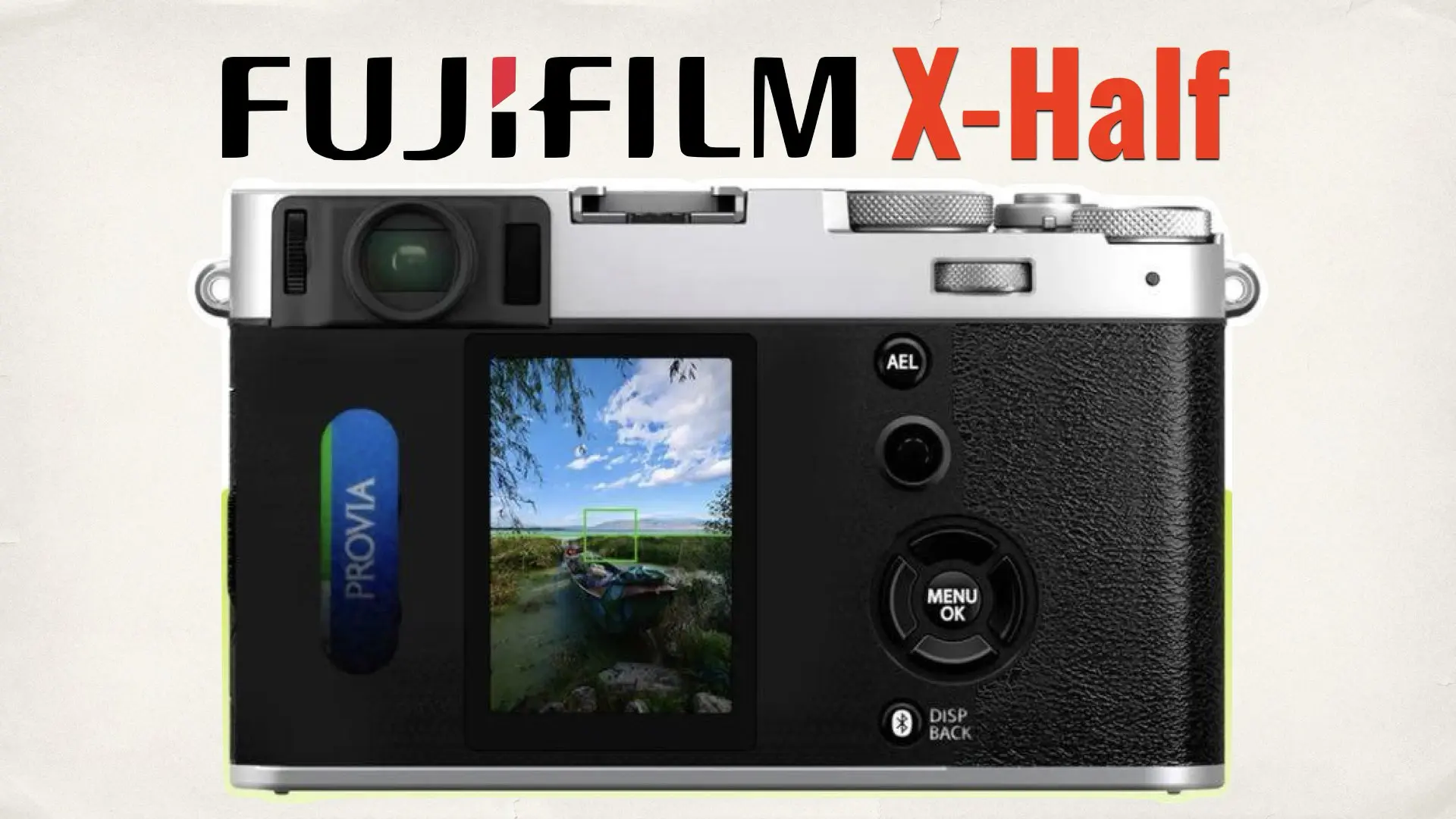
Why This Matters
Fujifilm’s strategy appears to center on creating tools that make photography more thoughtful and deliberate. By reimagining the half-frame format for the digital world, the X-Half may offer a new way to engage with photography—one that values format, orientation, and the tactile experience of shooting. This isn’t a product meant to compete on spec sheets. It’s potentially a compact, accessible, creatively driven tool that complements Fujifilm’s existing lineup of X-series and GFX cameras. The Fujifilm X-Half, though not officially named or fully revealed, is shaping up to be a compact digital camera that leverages the legacy of half-frame film photography while addressing the visual trends of modern digital storytelling. It’s a targeted, deliberate concept—not for everyone, but possibly very compelling for a specific type of photographer. We’ll continue to monitor developments and will publish more as soon as specifications are released or the product is officially announced.

